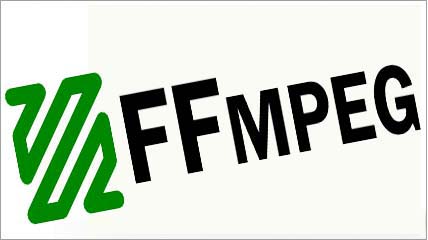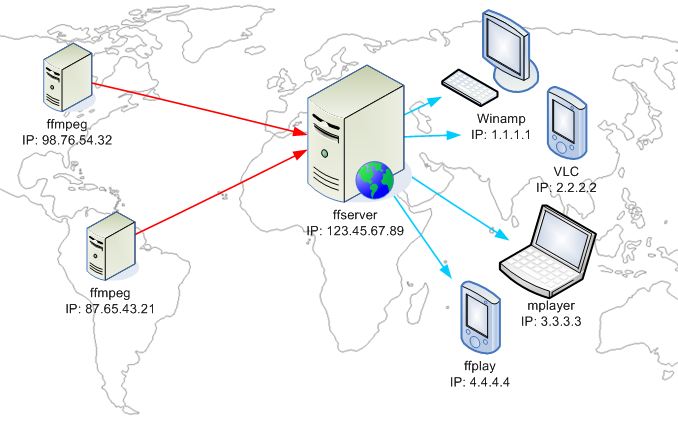 IBC is one of the two biggest show related to broadcast and by extension broadband in the world (the other is NAB). It is happening in Amsterdam every year in September.
IBC is one of the two biggest show related to broadcast and by extension broadband in the world (the other is NAB). It is happening in Amsterdam every year in September.
Consolidation is probably the main word which could summarise the IBC this year. Dozens of companies are providing the same level of feature / products. They are trying to differentiate from each other with the “business/use-cases” solution they can provide.
Note: I focused this article only on some topics related to the OTT technologies and delivery, there were others trends like blockchain which was covered during the event.



